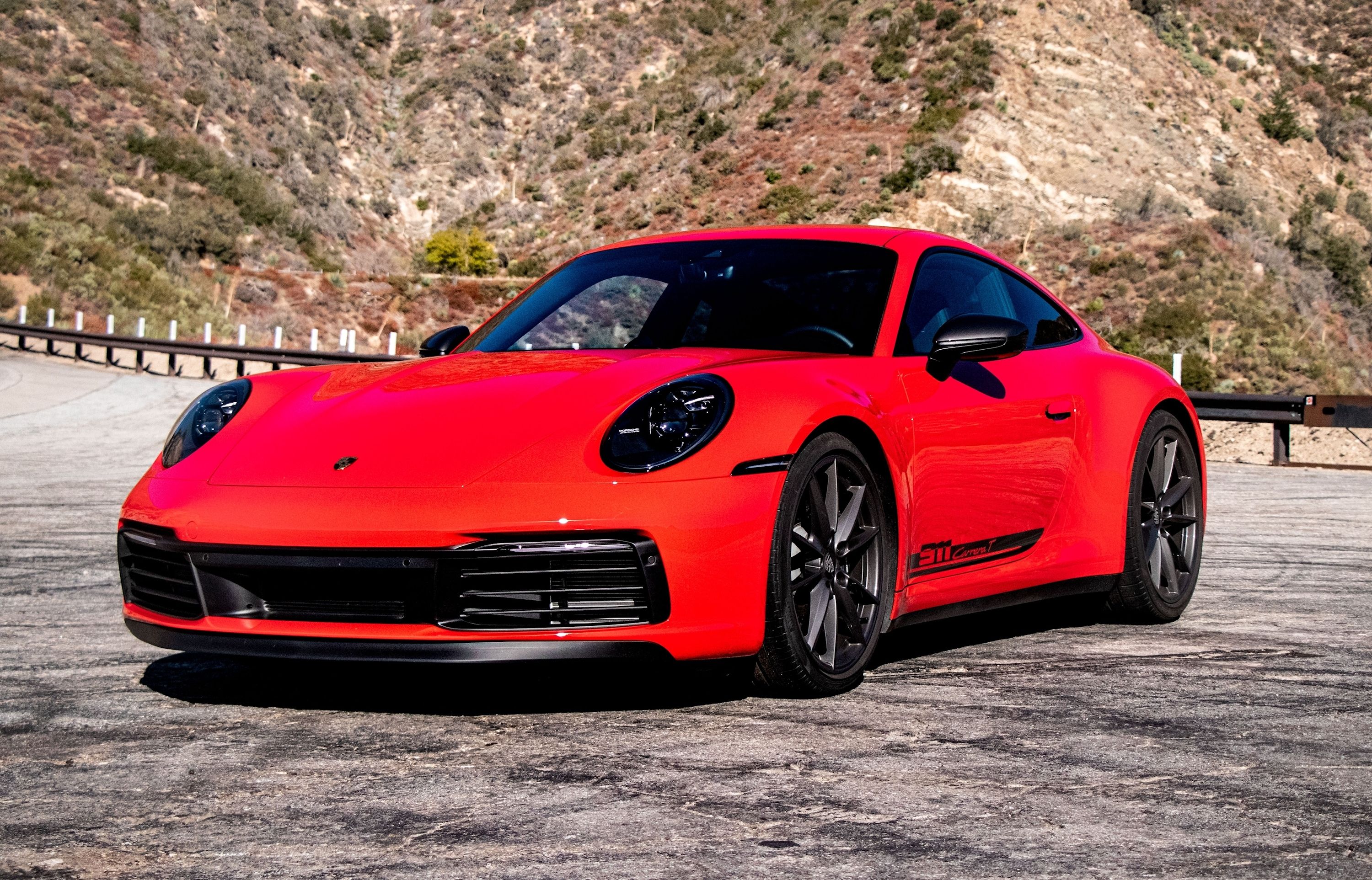
It's always fun to dive into the history of small automotive details, and today we're going back to the 1950s to look at the history of one of the most iconic badges ever to adorn a car: the Porsche crest. Now, we aren't all lucky enough to have an entire collection of old 911s spanning decades parked in our garage, but that won't stop us from admiring the German brand's handiwork.
The little gold crest has been affixed to every new Porsche produced since 1952 and has undergone a few subtle changes. It's iconic and not just another horse logo.
It all started when Ferry Porsche and Ottomar Domnick, a Stuttgart doctor and original Porsche customer, approached German art academies with a design competition with a 1,000 Deutsche mark prize. Designs were submitted, but nothing really spoke to the gentlemen, so no winner was declared.
It wasn't until Porsche met with an American businessman, Max Hoffman, that the design finally came to fruition. Hoffman was an Austrian-born European car importer based in New York. He was known for his profound influence in the automotive world with his world-famous New York showroom displaying cars of the future.
After importing the first Porsche 356 to the United States and winning "most interesting car" at a Concours d'Elegance in Watkins Glen, New York, he knew he wanted to get more involved with this upstart German automaker.
Over dinner with Porsche, he pushed for a company seal that would symbolize the quality and design of its cars. This then led to Porsche creating the sketches of the logo on a napkin that eventually became the crest.
He then officially commissioned Porsche designer Franz Xaver Reimspiess to make the official logo. Inspired by the Stuttgart city seal, it displays a rearing horse in the middle framed by a golden shield.
The city name is above, and on either side are the city colors (red and black) and antlers, which come from the Wurttemberg-Hohenzollern coat of arms. On the top, you then have the Porsche name bringing it together.
This logo first appeared on the steering wheel of the 356 in 1952 before being put on the bodies in 1954 and hubcaps in 1959. Since its inception, it has changed five times, with mainly minor tweaks to the coloring and some additional details, but the core design remains the same.
Today, the company even recreates these classic badges by hand, using the exact techniques and tools the original designers would have used to make them back in the day.
Now, the logo can be found everywhere, from coffee cups to T-shirts, watches, and even suitcases. It's an enduring symbol of the company's heritage and design prowess and is instantly recognizable.
We imagine it'll survive through 100 more generations of Porsche 911s too.
